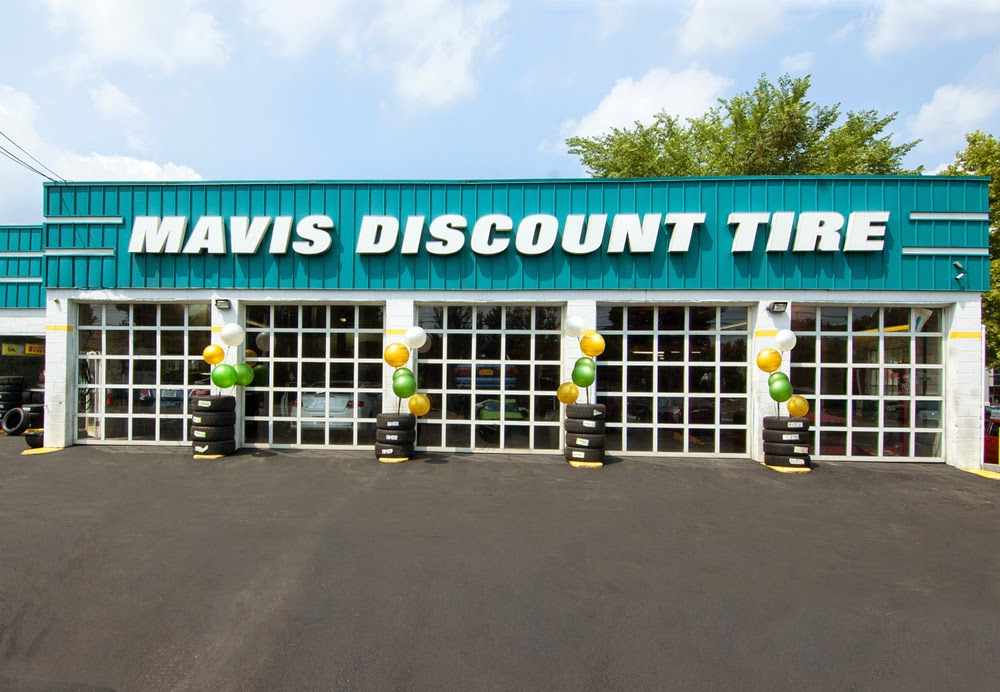Epicure Selections deploys hybrid solution providing additional cost savings of running on-premises with the reliability and flexibility of running in the cloud
SIOS Technology Corp. (www.us.sios.com), maker of SAN and #SANLess clustering software products, today announced that Epicure Selections is using SIOS DataKeeper Cluster Edition software to easily and cost-efficiently provide HA and DR protection for its business-critical SQL Server applications without the complexity of building out a remote DR site or purchasing costly SQL Server Enterprise Edition licenses.
Epicure, Canada’s leading direct sales company, sells healthy, easy-to-prepare food products through a network of over 16,000 consultants. Epicure relies on two websites for its critical business operations. Its public website provides product, company, and consultant enrollment information to customers and people interested in becoming a consultant. The internal website provides consultants with important product information and enables them to place orders.
The company uses two instances of SQL Server Standard Edition, one for each website running on a single server. “Our websites are vital to our business,” said Russell Born, senior network infrastructure administrator at Epicure.
As the company grew and expanded its products and services, the Epicure IT department needed to update and protect its business-critical websites from downtime. It decided to move both websites from a third-party hosted facility to its on-premises data center and Amazon Web Services. As part of this update, Epicure wanted an efficient, cost-effective way to provide high availability and disaster protection for both websites while continuing to run them on two instances of SQL Server Standard Edition.
Using SIOS SANLess clustering software, Epicure IT staff created a two-node cluster in an active-passive failover configuration that enables each SQL instance to failover independently. One cluster node is in the on-premises data center and the second node is in an instance of the AWS EC2 cloud. Epicure IT staff created the SIOS SANLess clusters and configured them using the software’s intuitive graphical user interface.
The SIOS software provides Epicure with an easy, cost-efficient way to provide HA and DR protection for its business-critical SQL Server applications without the complexity of building out a remote DR site or purchasing costly SQL Server Enterprise Edition licenses. “The SIOS software has allowed us to create a hybrid solution providing additional cost savings of running on-premises with the reliability and flexibility of running in the cloud,” said Born. “Knowing that a website outage will result in an automatic failover allows our IT Team to focus their attention on other priorities to strengthen our business.”
“Whether you want to protect applications in a physical server, a private cloud within an organization, in a public cloud or a hybrid cloud, you need to protect applications, like Windows SQL Server, from downtime if the cloud instance or the cloud provider fails,” said Jerry Melnick, COO, SIOS Technology. “Epicure is using SIOS to provide a fast, easy way to deploy applications in a high availability environment in the cloud while continuing to use Windows Server Failover Clustering. I applaud them for their use case and innovation and look forward to continuing to provide value to their HA and DR strategies.”
About SIOS Technology Corp.
SIOS Technology Corp. makes SAN and #SANLess software solutions that make clusters easy to use and easy to own.An essential part of any cluster solution, SIOS SAN and #SANLess software provides the flexibility to build Clusters Your Way™to protect your choice of Windows or Linux environment in any configuration (or combination) of physical, virtual and cloud (public, private, and hybrid) without sacrificing performance or availability. The unique SIOS #SANLess clustering solution allows you to configure clusters with local storage, eliminating both the cost and the single-point-of-failure risk of traditional shared (SAN) storage.
Founded in 1999, SIOS Technology Corp. (www.us.sios.com) is headquartered in San Mateo, California, and has offices throughout the United States, United Kingdom and Japan.
Read more at the Disaster Recovery Journal.
